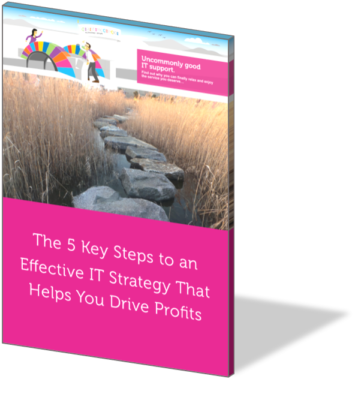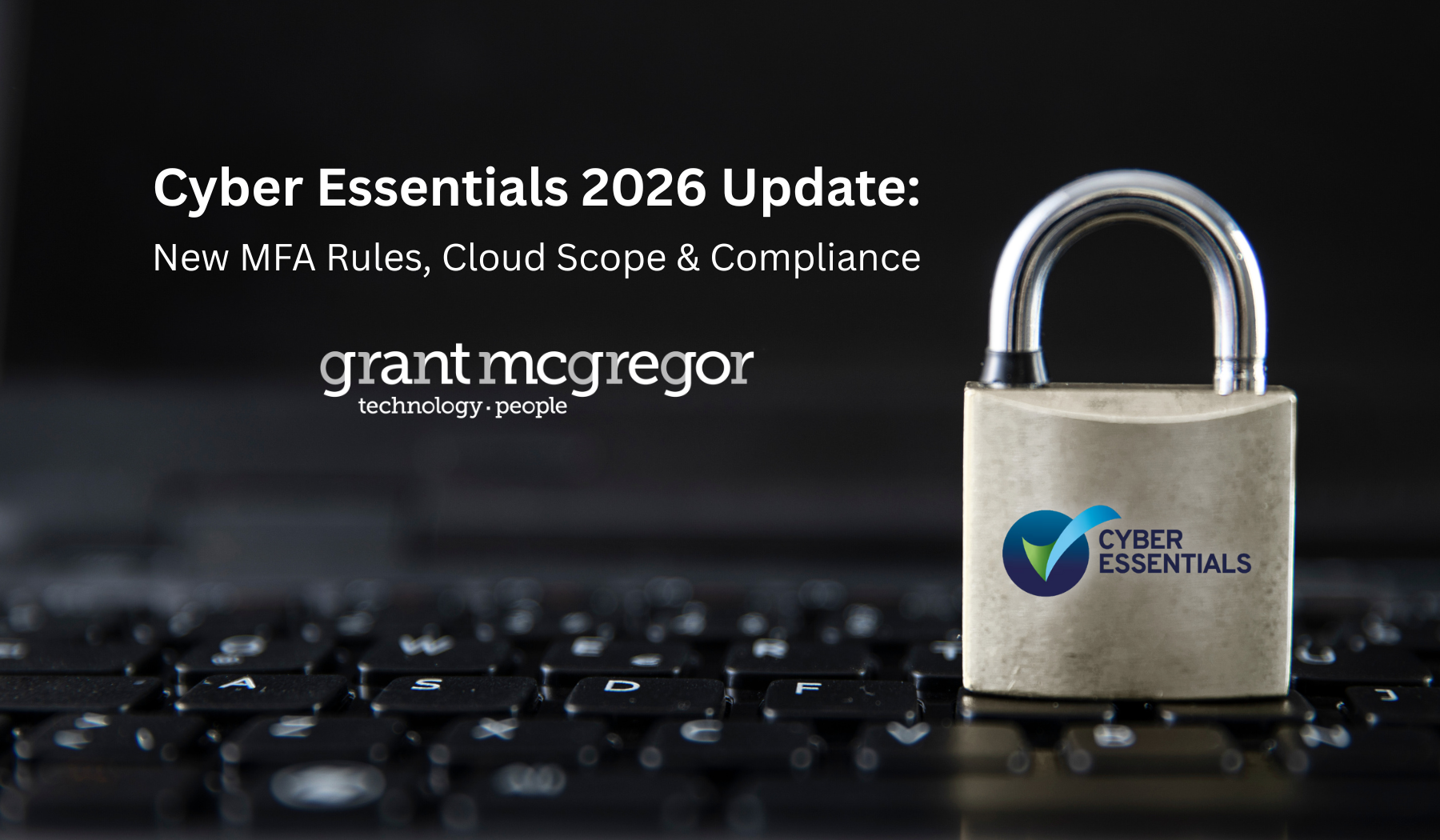The (Free) First Step to Better IT!

In over 30 years in IT, I still encounter many business owners and IT-decision makers who find themselves spending too much of their valuable time dealing with staff technology problems and continually looking for work-arounds to the IT issues.
They would much rather be focused on growing their business efficiently, helping their customers and keeping ahead of the competition. They want to concentrate on using their real skills than continually seeing a queue of technology related issues at their door each day which restricts them working towards their goals.
Employees would rather just be getting on with their work, too. Everyone is in the same boat when the technology isn’t working properly.
Yet the working day doesn’t have to be like that with a bit of planning - read one of our more recent articles about how you can improve your situation here.
The five steps referred to in the article are expanded on in a free guide that we put together to help those finding themselves in this situation. It’s also useful for those who have a strategy but want to make sure they’ve adequately covered all the bases.
We’re sharing the whole of ‘Step One’ here to show a flavour of the whole guide which we hope you find useful. The full document can be requested at the bottom of this excerpt.
STEP #1
Where Are You Now?
Find Out How Much You Know About Your IT Infrastructure
Take an honest look at how technology is used throughout your business.
IT should be used to service the needs of the business and the needs of users. Technology needs to be put in place to support your business now, and to further develop and support your business as and when it grows. This can be simplified into two filters:
- Planning how to manage change.
- Planning how to manage risk.
Every decision you make when looking over your current IT infrastructure should be run through these two filters, and we will use them as a tool throughout this guide.
Start as Early as Possible
The chances are this might be the first time you have considered the nuts and bolts of an IT strategy. However, think about this the same way you might view your financial plan covering a one year, five year or ten-year period.
One of the main stumbling blocks with a small venture is that when a product or service grows quickly, the supporting services cannot cope. Future-proofing your physical and software infrastructure should not be back-dated or planned after your business grows, unless you want to waste your time and/or money.
Realign Your Thinking: Prioritising IT
From your basic physical infrastructure, to the way you are now expected to source and collate data about, and for, your clients, an effective IT strategy is integral to your business’s reputation in both security and profitability
By realigning this thinking as early on as possible, the better attitude your employees will have towards change. You will be able to manage a staff of well-trained people who will have confidence in any ongoing changes you decide to make, because the changes have been well explained and logically implemented.
What Do Your People Want and Need?
Be honest with your staff and listen to their concerns. The chances are that your employees’ gripes with your IT will not be the same as your own. As a visionary, a director will focus on how to innovate and improve, but your staff will be more affected by the nitty gritty - things not working, things running slow, things being hard to use, rolling out new software with no training.
Set-up an online document or discussion forum asking your staff the question:
What recurring IT issues frustrate you most often?
Open up a platform for fearless feedback and your staff will be able to provide insight as to what their daily problems are. After you have this information, ask yourself:
Do I know how I can change these things to help make technology work for my employees?
A list of gripes is one thing, however if you have no working knowledge of how to fix these, then you will need to enlist support. Knowing your own limitations is key, and seeking outside help and advice can provide more objectivity, and will help you prioritise certain areas of change.
Outsourcing your IT department can lead to its own problems, but by consulting with an industry professional to help you recognise how a successful and modern office infrastructure works, you will be able to make informed decisions as to how you want your new ideas to integrate with your current IT set up.
Adopt a utilitarian approach when it comes to making changes.
Your priorities will differ from your employees, so start by creating change that will positively affect the greatest number of people. If you are expecting people to spend time communicating their problems to you, it is best practice to sort out common issues first, as your staff will then be ready to communicative more effectively with you regarding future issues.
Want to read more?
To receive a copy of the whole guide, please request it HERE or get in touch with our team on 0808 164 4142




